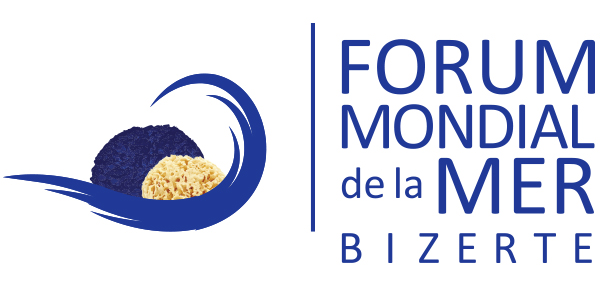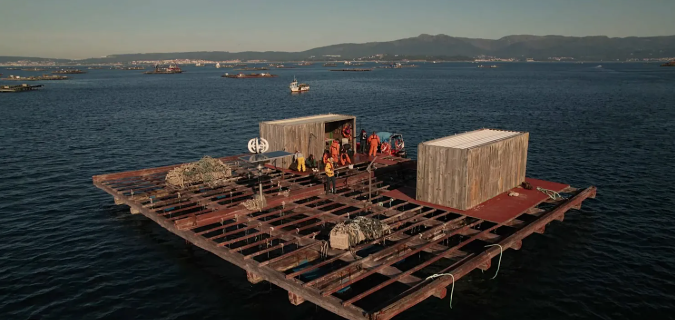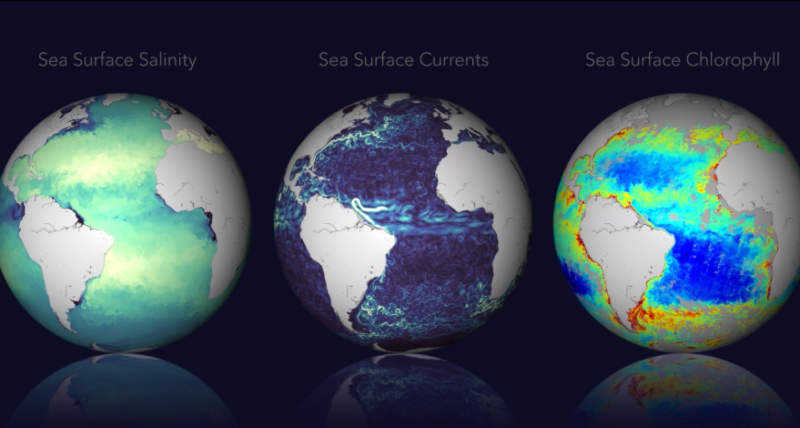What connects aquaculture students in Spanish estuaries to policymakers in Brussels? A continental network that monitors the oceans in real time, guides fisheries policy, and supports sustainable investments in Europe’s blue economy.
In the Galician estuaries in northwest Spain, countless rafts float on the water. Each serves as a platform for mussel and shellfish farming. For students at IGAFA, one of Spain’s leading aquaculture schools, these platforms act as outdoor classrooms where future aquaculturists learn their trade.
Europe’s “blue economy” — the collective term for all ocean-based industries promoting sustainable growth — employs four to five million people across the continent. In Spain, France, Greece, and Italy, aquaculture alone provides tens of thousands of jobs, creating demand for specialists who work at sea, in laboratories, offices, and processing plants. The sector produces local, sustainable protein, reducing pressure on wild fish stocks and Europe’s reliance on imported seafood.
Yet growth remains limited. José Ventura, director of IGAFA, explains:
“There are many uncertainties. Market fluctuations are unpredictable, and environmental uncertainties add another layer of complexity. Climate change constantly affects local production, especially operations like these that depend directly on natural conditions.”
Sensors beneath the surface
Even basic water characteristics, such as salinity, can vary unpredictably. In Galicia’s estuaries, where ocean water mixes with freshwater from rivers, tides and rainfall dramatically change salt levels, sometimes threatening shellfish survival.
Here, technology plays a crucial role. The estuaries are continuously monitored by automated platforms managed by INTECMAR, Galicia’s Technological Institute for Marine Environmental Control. Submerged sensors require only occasional cleaning to remove algae; otherwise, they operate autonomously, powered by solar and wind energy, transmitting constant readings on temperature, salinity, pH, and oxygen levels.
“Having real-time data certainly makes resource management easier,” says Silvia Allen-Perkins, a technician at INTECMAR. “Everyone can access it easily via our website and track trends.”
Automated monitoring is just one source of data. Researchers also visit industrial aquaculture facilities to collect water and shellfish samples for laboratory analysis. This detailed knowledge of coastal water conditions — physical, chemical, and biological — is essential for producers to optimize operations and ensure seafood safety.
From local waters to European databases
The data do not stop at regional research institutes; they feed into large international databases.
“Data from this small region joins the rest of Europe’s data,” says Pedro Montero, head of INTECMAR’s oceanography unit. “Together, they provide a much broader picture of the marine environment.”
In Vigo, Galicia’s largest city and one of Europe’s key blue economy hubs, CETMAR channels these data into regional and European decision-making processes.
“If we want fair policies for Europe’s blue economy sectors, we need the best data,” explains Rosa Chapela, director of the institute. This includes information on maritime spatial planning, port activities, sand extraction, and military operations in maritime areas.
The JRC: Where policy meets science
The data continue east to Ispra, Italy, home to the European Commission’s Joint Research Centre (JRC). Jann Martinsohn, head of the “Ocean and Water” unit, analyzes information from European fisheries and aquaculture, Eurostat, EU agencies, member states, and countless other sources. Results are published annually in the EU Blue Economy Report, a clear, user-friendly document that informs policy and guides billions of euros in investments.
“A striking example is the Common Fisheries Policy,” says Martinsohn. “The Commission is even required to incorporate the information we produce.” Data also support the Zero Pollution Action Plan and help identify investment opportunities across the sustainable blue economy.
All this research is publicly accessible via the EU Blue Economy Observatory, which provides free online resources, including graphs, maps, and updated datasets.
“Stakeholders — policymakers or entrepreneurs — can see what is happening across the blue economy,” Martinsohn explains. Interactive dashboards allow users to analyze trends in shipping, fishing, energy, and the ongoing energy transition.

Connecting citizens to the sea
In Vigo, the link between the blue economy and daily life is tangible. The port, once a barrier between the city and the sea, now features a “blue path”, a seven-kilometer walkway opening port areas to residents and tourists. Industrial history, marine life, and cultural heritage are highlighted through public information panels and a custom mobile app.
“It is essential for ports to raise awareness among citizens about the richness and biodiversity of the estuary,” says Gerardo González Alvarez, head of the port’s blue economy department.
The path culminates in a future underwater observatory, where visitors will descend below the surface, surrounded by artificial reefs teeming with marine life. The message is clear: economic growth, jobs, and innovation are important, but the ocean is a living system that supports human life, and human activity must, in turn, support it.




